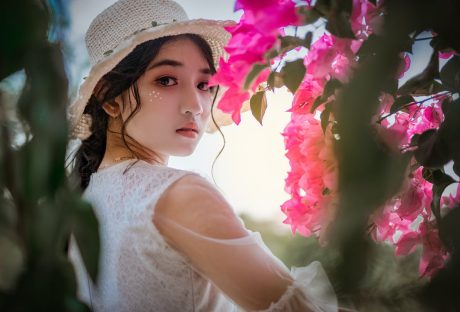Sun protection as a topic never really goes away, as it’s an ever-present paradigm that needs to be paid attention to all year round. People have used sunscreen since its invention back in the mid-1930s (yes, it’s only been around for that long) as the damage that UV rays can cause has become more and more known. Fast forward to the present day and one of the most popular choices now is sheer mineral sunscreen for the face.
So, what’s the reason for its popularity? Why have millions of people turned away from traditional chemical-based sunscreen brands? That’s what we analyze here for you now. Sit back as we take you through 5 of the major benefits the product offers.
List Of 5 Benefits That Come With Sheer Mineral Sunscreen For Face:
1 – Sheer Mineral Sunscreen For Face Works Instantly
Chemical sunscreen has to be absorbed into the skin to work. Why does that matter? Well, this process takes time and until it’s happened, you’re not protected. So, even if you’ve just slapped a load of it on, it can be up to ½ an hour until you’re properly protected against the sun.
Mineral sunscreen, on the other hand, works the instant it goes on, as it provides protection from the surface of the skin – not from within it. So, no annoying delays for you getting out into the sun.
2 – The Skin Benefits from Mineral Sunscreen Ingredients
The main active ingredient in mineral sunscreen is zinc oxide, which is actually really good for the skin. So, rather than working despite the ingredients, the effect is enhanced.
Want some evidence that it’s good for your skin? You can find it in acne treatments, nappy rash ointments, and other skin care formulations. It wouldn’t be in there otherwise!
3 – Broad Spectrum UV Protection is Provided
Do a little research into UV protection and you’ll discover that effective sunscreen needs to be able to deal with both UVA and UVB rays equally. When you use chemical brands, you don’t always get this, but when the hero that is zinc oxide is around, that’s not a problem, as its naturally-occurring formula is really efficient at blocking out both types of sun radiation.
4 – It’s Better For Your Body
Believe it or not, if you choose to avoid sheer mineral sunscreen for your face in favor of absorbed chemical sunscreens, the chemicals are able to find their way into your bloodstream. Studies have shown that these synthetic compounds also find their way into urine and breast milk – obviously not something you want as a new mother!
No such problems for mineral sunscreen, however, as it never enters the body.
5 – It’s More Planet Friendly
If you Google the words sunscreen and coral reefs together, you’ll find hundreds of articles telling you about how chemical sun protection is having a devastating effect on our marine wildlife.
Thousands of tons of the stuff make its way into the oceans and it’s literally suffocating our coral reefs. However, being a naturally occurring compound, zinc oxide is harmless and those who use it help in their own small way to prevent this from happening.
All Evidence Points Towards Sheer Mineral Sunscreen For Face
The truth is that there are many, many reasons to consider using mineral sunscreen over chemical brands and here we’ve only been through 5 of them. We’ve only scratched the surface here and it’s already patently obvious what the right choice is.
What you do is up to you, but with compelling factors like these to consider, it’s hard to argue against it.
Read Also:
























